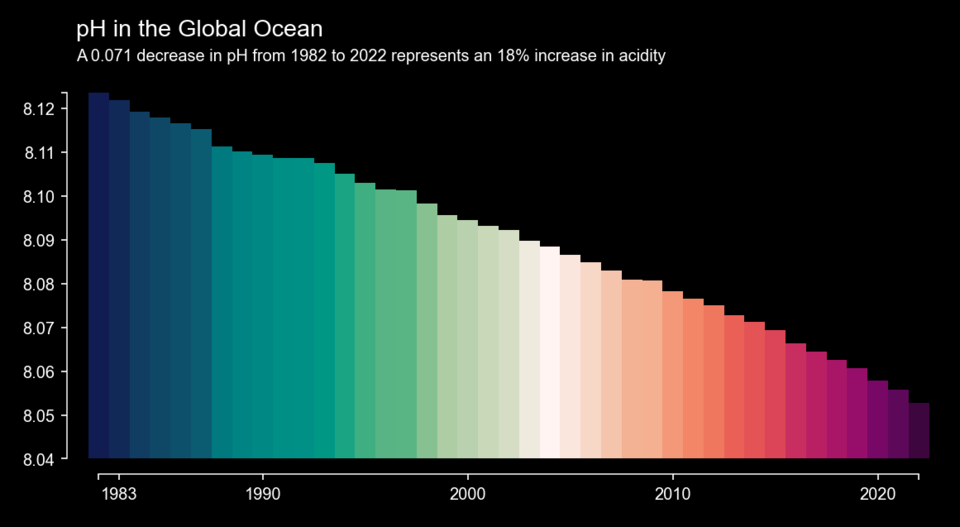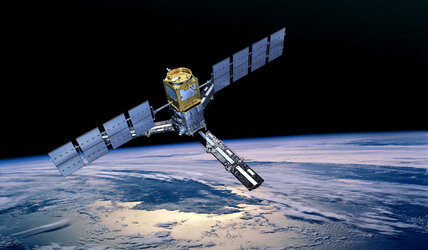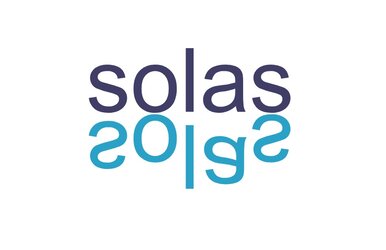Satellites increasingly critical to monitor ocean health
Playing a huge role in moderating the climate, oceans are fundamental to the functioning of our planet. Understanding more about how seawater temperatures are rising and how oceans are absorbing excess atmospheric carbon dioxide, as well as knock-on issues such as ocean acidification, is key for understanding climate change and for taking effective action.
A recent scientific paper highlights just how satellites are becoming increasingly important in providing unique information on ocean health to guide climate mitigation and adaptation efforts.
Oceans are soaking up around 90% of the extra heat in the atmosphere caused by greenhouse-gas emissions from human activity, and they are also drawing down almost 30% of the carbon dioxide we pump into the atmosphere.
Given the climate crisis, this sounds like a good thing, but in many places these processes are leading to a decrease in the pH of seawater, a phenomenon known as ocean acidification.

Also, rising sea-surface temperatures can alter ocean circulation and weather patterns.
Both issues not only impact the delicate balance of marine ecosystems but, ultimately, lead to cascading effects that have the potential to be felt worldwide.
As oceans continue to warm and absorb carbon dioxide from the atmosphere, improving our ability to monitor ocean-carbonate chemistry has become a priority.
From the vantage of space, satellites return key information that offers the unique opportunity to study how greenhouse-gas emissions and a warming climate are affecting the health of our vast oceans.
The paper published recently in the journal Earth Science Reviews highlights how ESA has supported successive research projects that have helped move the use of satellite data from ocean-carbon research to being a fundamental component of annual carbon assessments to guide policy.
The paper charts how, over the last 16 years, research funded through ESA’s Earth Observation Science for Society activities has contributed to a giant leap in our knowledge of the world’s oceans.

Jamie Shutler from the University of Exeter in the UK and lead author of the paper, said, “The advances we have made in our ability to understand and monitor ocean carbon has been amazing, but we have really only just begun to touch the tip of iceberg in what is actually possible from space.
“The paper outlines what more can be done with the existing satellites and how we can even use data from missions that have long-since ceased operations – now that will be really exciting.
“For example, the new ‘ocean pH stripes’ from a current ESA project visualise the change in ocean acidification as constructed from observations over the past 40 years. And this visualisation was used at the recent COP28 climate conference to highlight the plight of the ocean and the decline in ocean pH driven by greenhouse-gases emissions and climate change.”

Roberto Sabia, ESA Ocean Scientist, said, “We are thrilled that we are harvesting the potential of space-based salinity, temperature, wind speed and ocean colour data to characterise the spatial and temporal variability of the ocean carbon sink and related ocean acidification.
“Over the past years, significant emphasis was put on improving algorithms relating variables in the marine carbonate system. Now, efforts are more devoted to analysing concurrent compound events such as marine heatwaves and deoxygenation, and to the involvement of ocean conservation stakeholders in the full exploitation of these datasets.”
ESA’s Craig Donlon added, “Indeed we initiated research and development with the International Surface Ocean and Lower Atmosphere Study, SOLAS, back in 2008, and we now have data products that are used to guide policy on reducing greenhouse gas emissions.
“We cannot understate the value of data from heritage missions such as ESA’s Envisat, data from our current mission such as the Soil Moisture and Ocean Salinity satellite and from the Copernicus Sentinel series. These missions have also laid the foundation for upcoming missions like the Copernicus Imaging Microwave Radiometer, CIMR, satellites, which will help take our knowledge of oceans to the next level.

“We are currently developing CIMR for Copernicus – the Earth observation component of the European Union’s Space programme.
“This new mission promises to be a game-changer and is urgently needed to study the upper ocean and polar regions using its multifrequency imaging capability with high-radiometric fidelity, multipolarisation and high-spatial resolution for this class of instrument.
“In the next few years CIMR-A, and about six years later CIMR-B, will be on orbit for a minimum of 15 years providing unique measurements to support climate action in a time when the global ocean and polar regions are undergoing profound change.”















 Germany
Germany
 Austria
Austria
 Belgium
Belgium
 Denmark
Denmark
 Spain
Spain
 Estonia
Estonia
 Finland
Finland
 France
France
 Greece
Greece
 Hungary
Hungary
 Ireland
Ireland
 Italy
Italy
 Luxembourg
Luxembourg
 Norway
Norway
 The Netherlands
The Netherlands
 Poland
Poland
 Portugal
Portugal
 Czechia
Czechia
 Romania
Romania
 United Kingdom
United Kingdom
 Slovenia
Slovenia
 Sweden
Sweden
 Switzerland
Switzerland





































